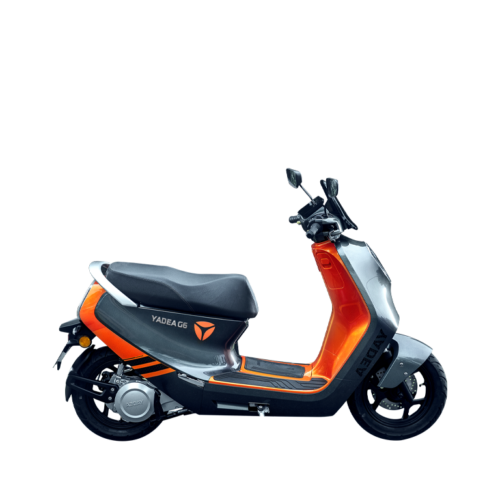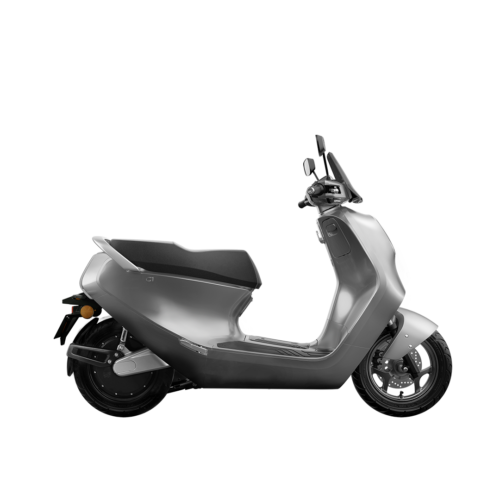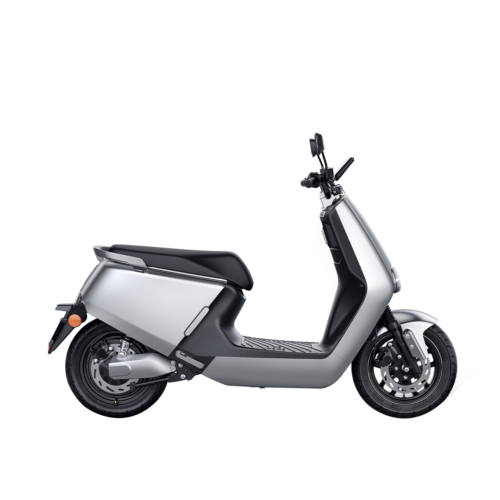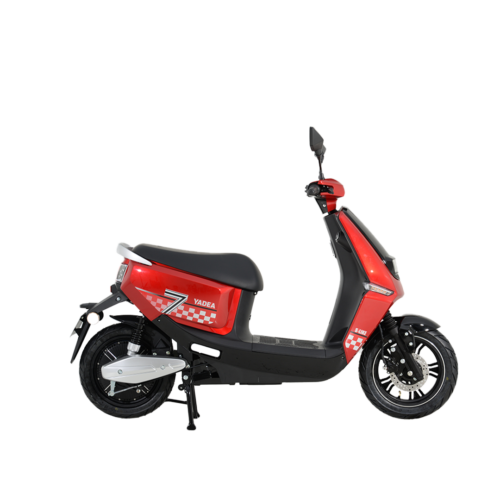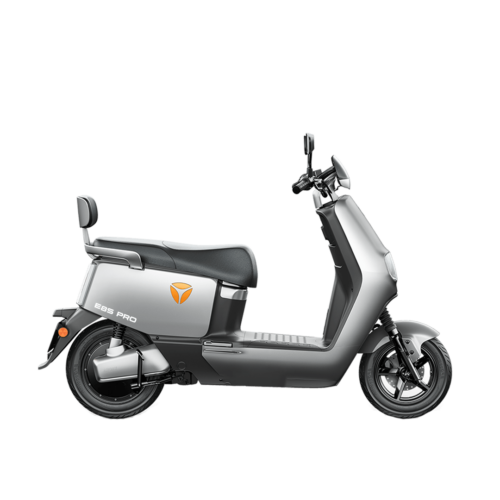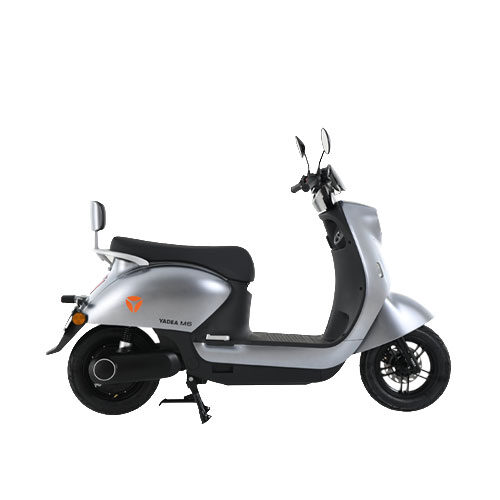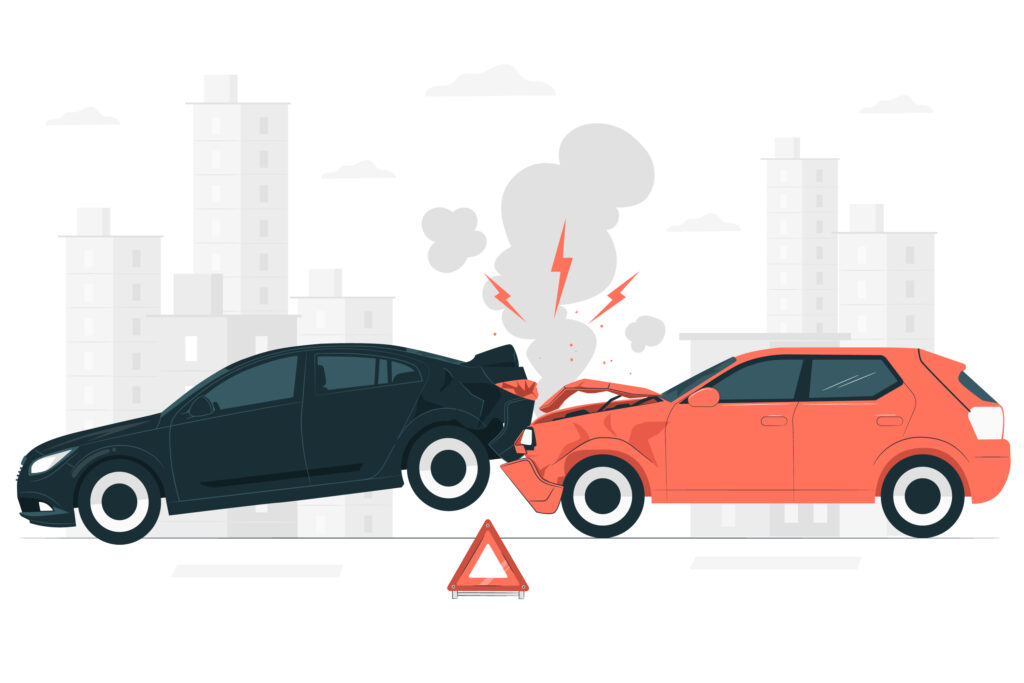With its winding mountain roads and uneven terrain, driving in Nepal poses unique challenges. The risk of meeting road accidents in Nepal is higher compared to other countries. However, by following safety practices and spreading awareness, we can reduce the high incidence of crashes on Nepal’s roads.
Understanding the Road Safety Scenario in Nepal
Recent statistics paint a concerning picture of road safety in Nepal. According to traffic police records, a total of 2,883 individuals died and 7,282 others sustained severe injuries due to road crashes during the fiscal year 2021-2022
Several factors contribute to the high rate of road accidents in Nepal:
- Dangerous road conditions with blind turns, lack of guardrails, and narrow passes
- Poor vehicle maintenance and inadequate safety features in cars and bikes
- Lack of adherence to traffic rules and negligence among drivers
- Standard risky practices like overspeeding, overloading, and drunk driving
- Concerted efforts are required to improve road safety awareness and prevent avoidable road accidents in Nepal.
Practical Tips to Prevent Road Mishaps in Nepal
While the statistics are worrying, road accidents in Nepal can be reduced through education, enforcement, and mindful driving habits. Here are some tips:
Observe Defensive Driving
Defensive driving techniques involve anticipating potential road hazards and driving cautiously. Key aspects include:
- Focusing entirely on going by minimizing distractions
- Following speed limits, especially around blind curves and turns
- Maintaining a safe distance from other vehicles
- Watching out for pedestrians, cyclists, and animals
- Taking regular breaks to avoid fatigue during long drives
- Practising defensive driving requires your undivided attention at all times.
Conduct Regular Vehicle Maintenance
Ensure any vehicle you drive is well-maintained and roadworthy. Conduct routine checks to verify the following:
- Brake pads, tire treads, and fluid levels are optimal
- All lights, wipers, and seat belts are functioning
- The suspension, steering, and battery are in good condition
- No defects, leaks, or other issues with the engine or chassis
- Also, install safety accessories like airbags and anti-lock brakes in your vehicle.
Follow Traffic Rules Strictly
Disobeying basic traffic rules causes confusion and accidents. Always drive on the left side of the road.
- Overtake from the right and use signals
- Adhere to speed limits and traffic signs
- Stop entirely at red lights and stop signs
- Yield right of way to pedestrians and oncoming vehicles
- Following the designated traffic laws prevents chaos and makes roads safer.
Use Protective Gear
Wearing essential protective gear greatly minimizes injury risks in crashes.
- Helmets are a must for bike riders. Only drive with a secured helmet.
- Seat belts prevent ejection from the car in collisions. Always buckle up.
- Use reflective vests when walking or cycling at night for visibility.
- Make using this safety gear a part of your routine. Please don’t ignore it.
Educate Others on Road Safety
Lack of road safety awareness leads to accidents. You can help by:
- Volunteering to conduct traffic training sessions in schools
- Distributing educational leaflets on safe driving practices
- Using social media to share road safety messages
- Reporting dangerous driving behaviors to traffic authorities
- Promoting awareness of road safety saves lives. Make an effort in your community.
Exercising Caution on Nepal’s Risky Roads
While defensive driving is advisable across Nepal, some routes need extra precautions due to higher accident risks:
Mountain Highways
Nepal’s mountain highways warrant maximum caution due to inherent hazards:
- Steep inclines can cause vehicles to roll back or skid, often into the valley below, without safety barriers. Always test brakes and use low gears for better control.
- Sharp blind curves reduce visibility to just a few feet. Honk frequently to alert oncoming vehicles. Avoid trying to overtake other cars and trucks around blind turns.
- Falling rocks from cliffs and landslides can strike vehicles unexpectedly. Be alert and ready to maneuver away if you spot falling debris ahead.
- Mountain fog can reduce visibility to zero within minutes. Carry fog lights and drive slowly with hazard lights on if caught in thick fog.
- Loose gravel, absence of lane markings, and lack of road signs increase confusion and crash risks. Drive attentively on such stretches.
Narrow Terrain Roads
The remote single-lane dirt roads winding through Nepal’s hills pose multiple dangers:
- Wide vehicles can get wedged when trying to pass each other, causing head-on collisions. Honk continuously along blind curves to avoid such situations.
- Skidding risks are higher, especially around potholes and water streams flowing over the road. Keep steady speeds and avoid sudden braking or acceleration.
- Plunging valleys and river bodies adjoining the roads multiply accident severity. Refrain from speeding or overtaking, and concentrate on keeping your wheels on the road.
- Lack of mobile connectivity in remote areas delays emergency response in case of mishaps. Limit speed further to account for this.
City Traffic
Dense streets in Nepal’s urban centres like Kathmandu test driving skills with hazards like:
- Jaywalking pedestrians and cyclists – Remain vigilant for people crossing haphazardly between vehicles. Slow down near schools and markets.
- Sudden lane changing – Keep calm if vehicles cut or merge into your lane abruptly. Avoid reacting rashly.
- Counterflow vehicles – Watch carefully for oncoming vehicles in your lane and give side to avoid colliding.
- Narrow lanes and perennial congestion – Don’t indulge in road rage or honking. Focus on inching forward cautiously.
- Exercising additional vigilance on these high-risk roads can help avoid many accidents. Always budget extra time for trickier sections.
Final Thoughts
Preventing road accidents in Nepal requires collective action. We must drive cautiously, follow safety norms, spread awareness, and help enforce disciplined traffic behaviour. Most importantly, be patient and attentive on the roads. It could save someone’s life. With mindful driving habits and community collaboration, we can work towards making Nepal’s roads safer for everyone.

